Yoga Nidra meditation relieves stress and anxiety while also providing a sense of deep relaxation and mindfulness. It is a type of meditation in which you sleep consciously in order to achieve a state of silence, tranquility, and clarity inside yourself.
This type of meditation is more potent than sleep since it thoroughly repairs your body and mind by intentionally calming them.
The Yoga of sleep
What exactly is Yoga Nidra?
Yoga Nidra is a profound meditation method that translates to "yogic sleep" in Sanskrit. During Yoga Nidra, you intentionally direct your attention to various regions of your body and gradually shut them off. Its goal is to calm you and cool down your body after yoga practice, as well as to recharge you for meditation and pranayama.
Where does it come from?
Yoga Nidra's Origins
The practice of Yoga Nidra was originally referenced in the sixth and seventh centuries in the ancient Indian literature of the Upanishads. After studying Tantric writings, yogic master Satyananda Saraswati promoted Yoga Nidra in the twentieth century. He has used the technique and said that it allows individuals to access the deepest depths of their thoughts.
What does it do?
Benefits & Advantages of Yoga Nidra Meditation
Hoe does it work?
How to Perform the practice of Yoga Nidra
Close your eyes and relax your body deeply as you lie down in a comfortable posture. Then, pick your aim and consider your true desire, which is known as Sankalpa. Then, rotate your attention and engage your brain by bringing your awareness to each body part one at a time. Now you must concentrate on your entire body and assess how you feel.
Final thoughts
Things to Consider Before Practicing Yoga Nidra
To avoid feeling nauseous or uncomfortable, we recommend practicing Yoga Nidra on an empty stomach rather than straight after a big meal. To relax your entire system, practice it in a peaceful, calm, and clutter-free environment with no interruptions. Also, bring a blanket with you because many people feel cold while performing Yoga Nidra.

Cedric Stein
Head Teacher INEA • YOGA
My mission is to create a safe space for you to connect to your inner being. By following your breath, being in the present moment and noticing yourself.

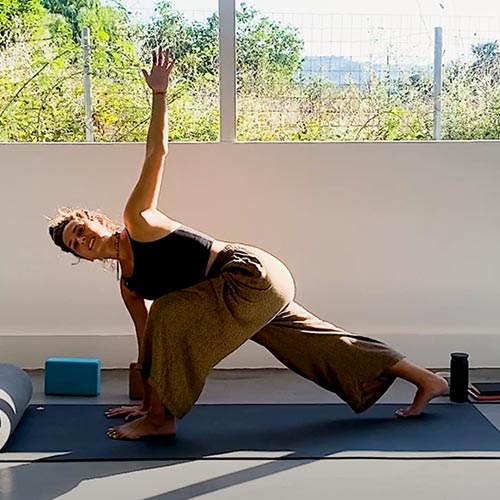
 90 min
90 min


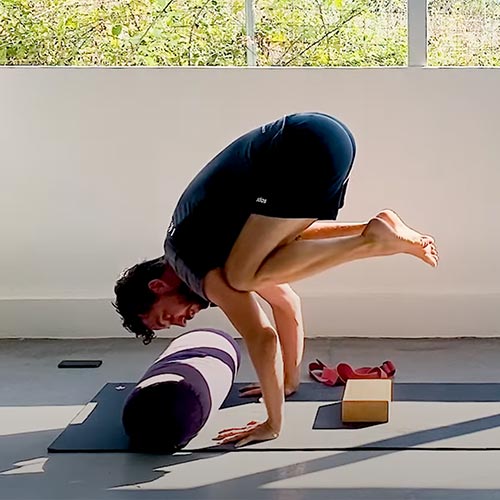
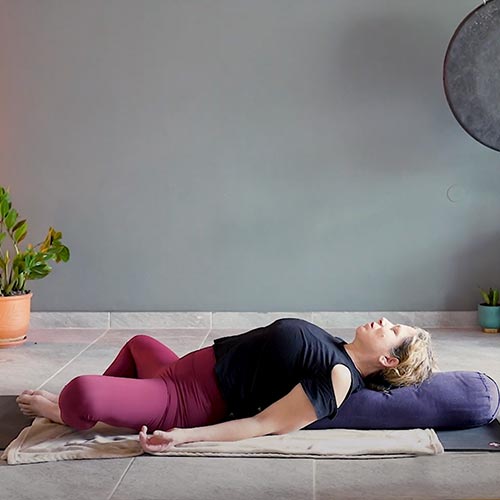
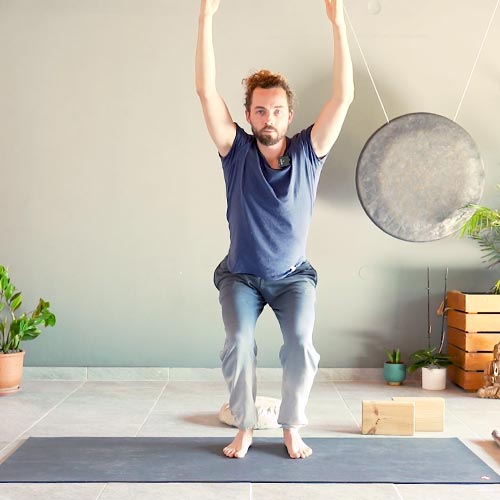

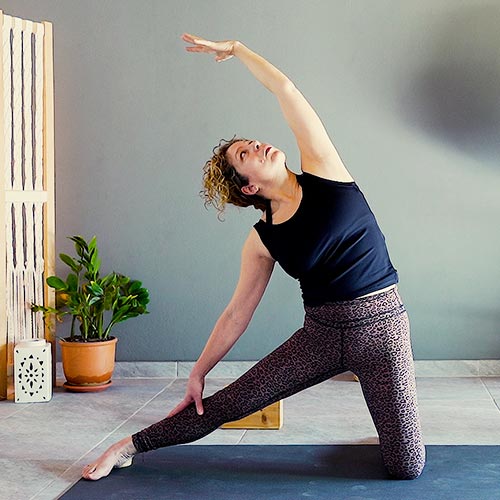

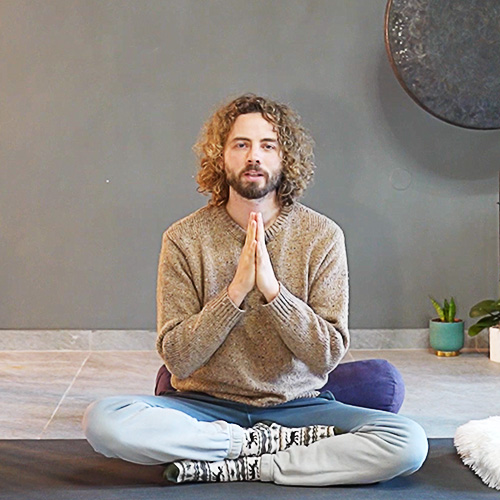
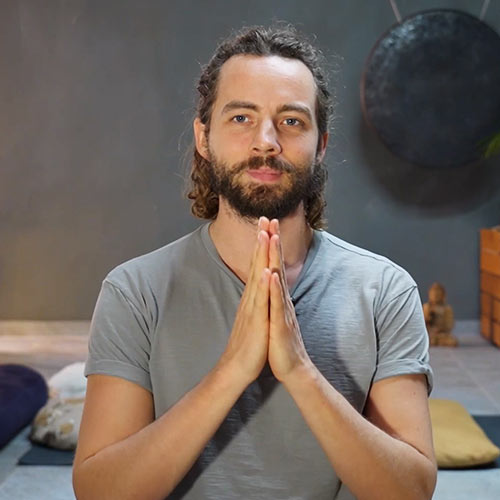
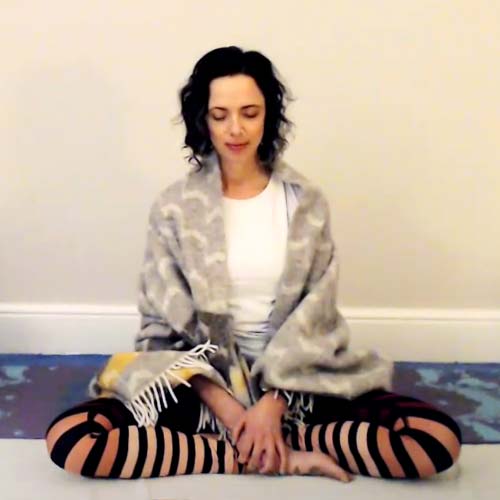




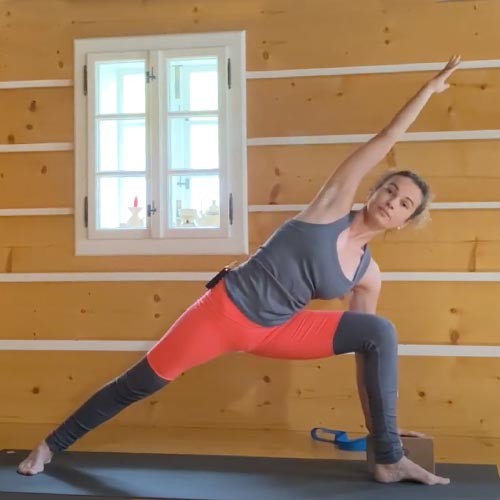

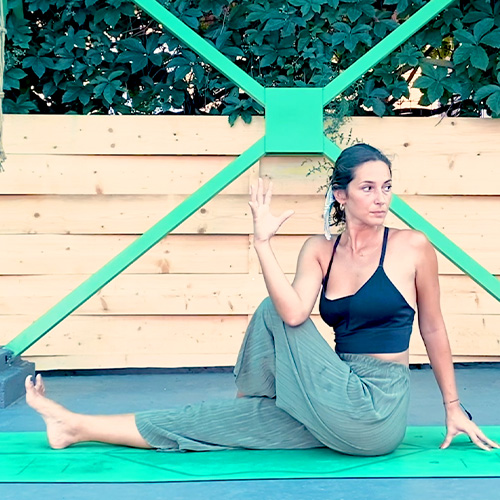
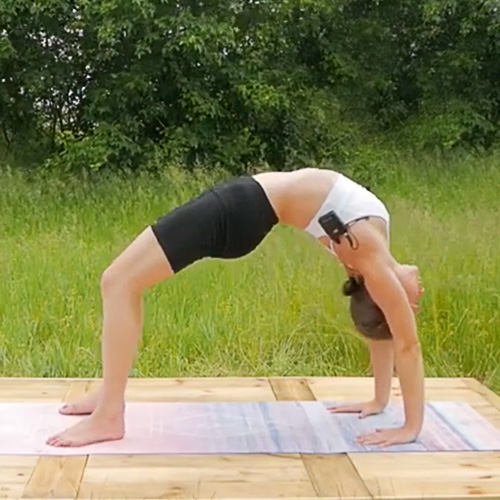


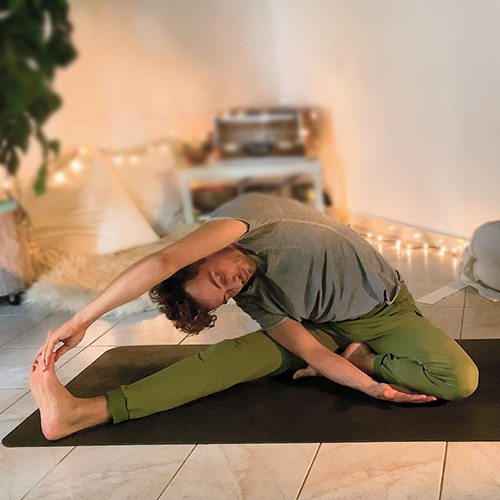
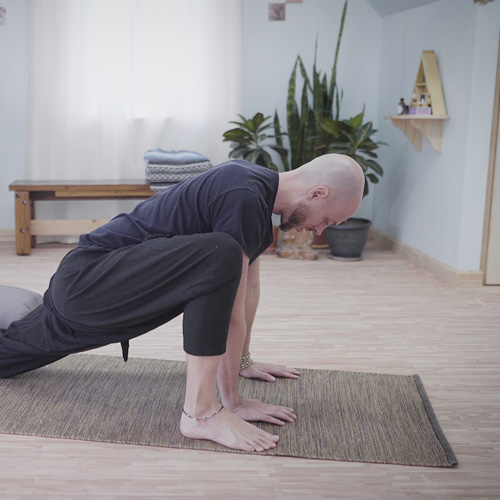
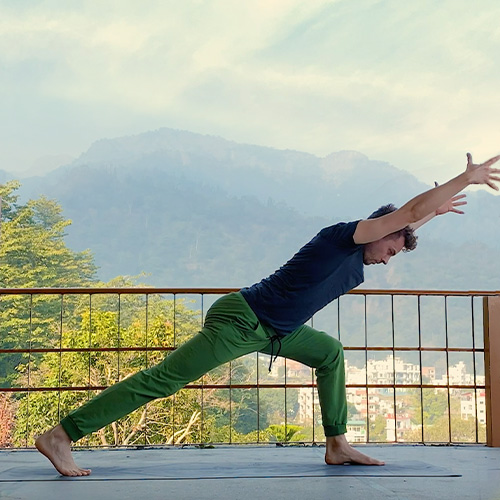
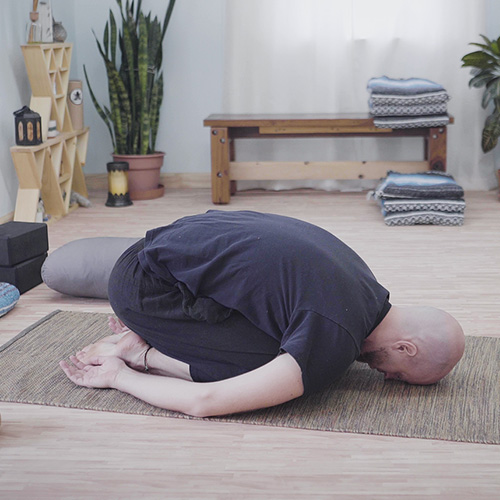

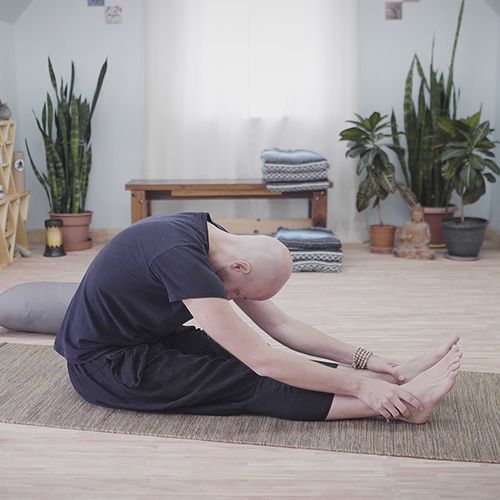






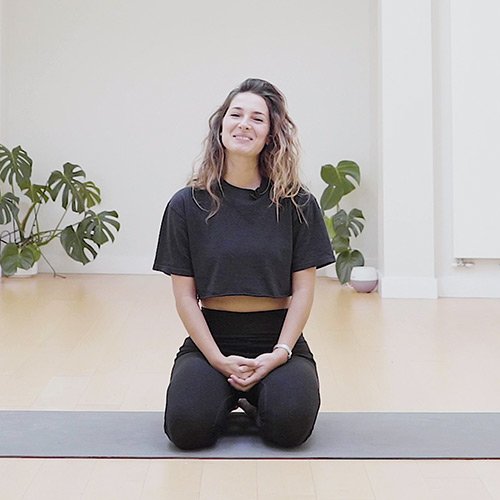

 read more
read more







